
Biophilic Design, rooted in the concept of Biophilia, our innate human connection to nature, has become more than just a trend. It’s a proven approach to enhance well-being, reduce stress, and foster creativity in our everyday environments. Integrating Biophilic Design into your home doesn’t require a full renovation. In fact, many of the most effective strategies are simple, affordable, and transformative.
Here are 10 easy ways to bring the calming, healing presence of nature into your home:
1. Bring in houseplants
Why it works: plants improve indoor air quality, reduce stress, and add life to sterile spaces. Studies show that even a small plant on your desk can boost your mood and productivity.
Example: a pothos vine on a bookshelf, a fiddle-leaf fig in the living room, or kitchen herbs like basil and mint on a sunny windowsill.
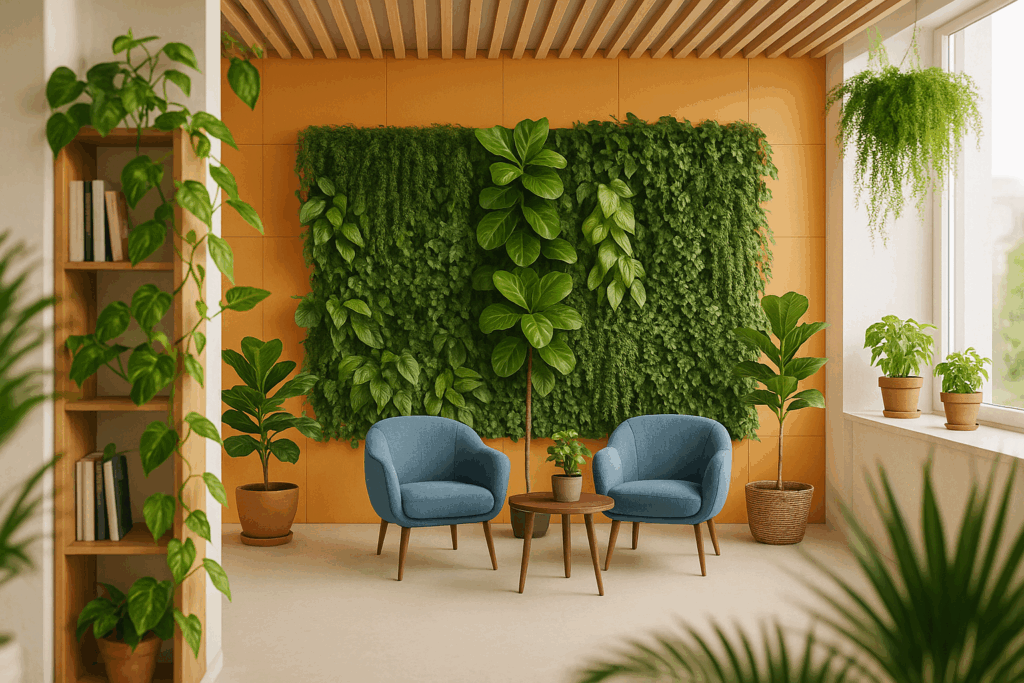
2. Use natural light strategically
Why it works: daylight helps regulate our circadian rhythm, improving sleep and focus. Spaces with more natural light are perceived as more spacious and inviting.
Tip: position mirrors opposite windows to reflect light deeper into rooms. Use sheer curtains to diffuse harsh sunlight without blocking it.

3. Maximize views of nature
Why it works: a window view of trees, a garden, or the sky can reduce anxiety and improve cognitive performance.
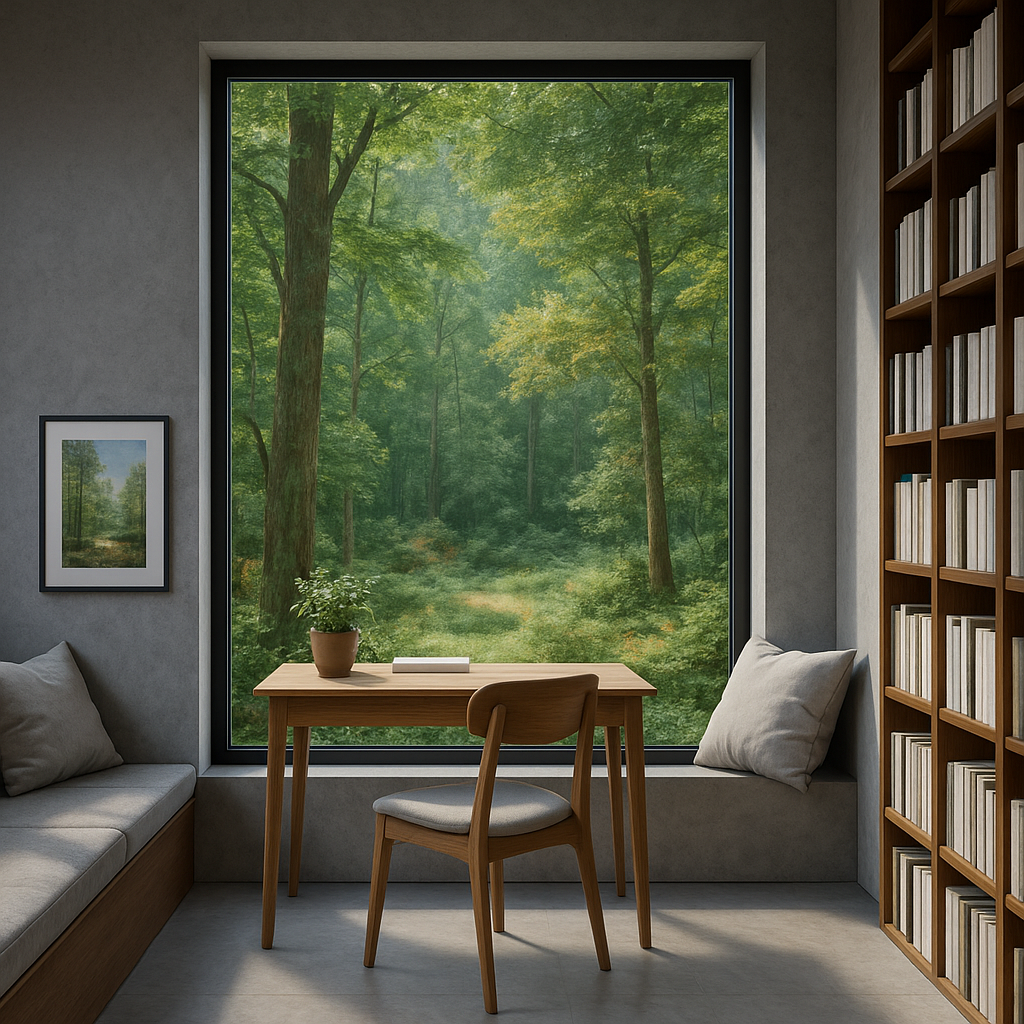
Example: place your home office or reading nook near a window with a view of your yard or a park. If a view isn’t available, simulate one with landscape photography or nature murals.
4. Incorporate natural materials
Why it works: wood, stone, clay, bamboo, and cork bring a sense of earthiness and tactile richness that man-made materials often lack.
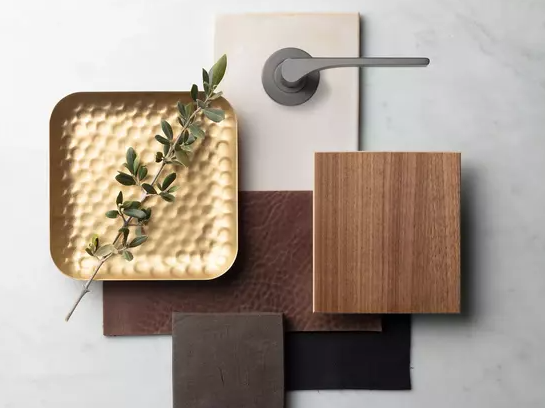
How: choose wood furniture, stone countertops, jute rugs, and woven baskets for a grounded, textural aesthetic.
5. Add a water element
Why it works: water features can have a soothing, meditative effect and help mask urban noise.
Example: a tabletop fountain in your entryway or balcony, or even a small aquarium with aquatic plants.
6. Use Biophilic Colors
Why it works: earth tones; greens, blues, browns, and muted oranges—mimic the natural world and are psychologically calming.
Tip: paint a bedroom wall in sage green or add ocean-toned pillows to your couch. Studies show green can even enhance creativity and reduce mental fatigue.
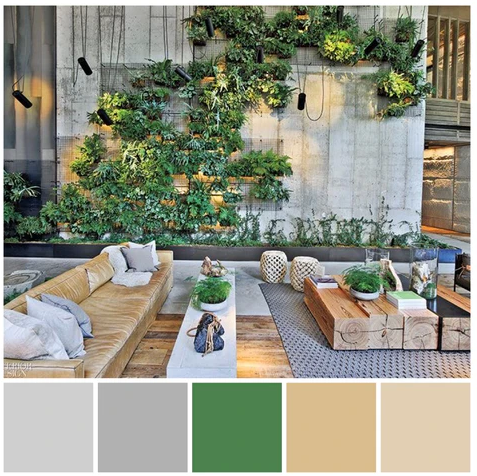
Read more about it in this study: Human Spaces Report Biophilic Global Impact Biophilic Design
7. Let fresh air in
Why it works: good ventilation improves air quality and makes a space feel alive. Connecting with outdoor breezes is a core biophilic principle.
Quick fix: open windows daily when weather permits. Install operable skylights or trickle vents for passive air exchange.
8. Create natural soundscapes
Why it works: Sounds of birds, water, and wind help us relax. They’re proven to reduce stress and increase focus. Read more about it in this study: Biophilia: Not a Passing ‘Trend’ but the Long-Term Future of Architecture and Design
Implementation: Use a white noise machine with nature sounds or play recordings of forest ambiance during your morning routine or work sessions.
9. Design with organic shapes
Why it works: curved lines and irregular forms reflect patterns found in nature, making interiors feel more natural and harmonious.
Example: choose furniture with rounded edges, leaf-shaped décor, or lighting fixtures that mimic tree branches or coral.
Check out our member Mantra Inspired Furniture biophilic design goods for home and office furniture.
10. Create a “green corner” or mini-indoor garden
Why it works: a concentrated cluster of nature stimulates all senses (sight, smell, touch) and fosters relaxation.
Idea: transform a sunny corner into a plant-filled meditation space with a small bench, pebbles on the floor, and aromatherapy diffusers using essential oils like pine or eucalyptus.
Wouldn’t you love to live in a place like this?

Read more about the Love Happens Mag article Biophilic Design: The (New) Hanging Gardens of Babylon
You don’t need a greenhouse or a forest retreat to enjoy the benefits of Biophilic Design. With a few intentional changes, your home can become a sanctuary that reconnects you with nature, fulfilling our deep-rooted Biophilia and improving your everyday life.



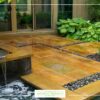





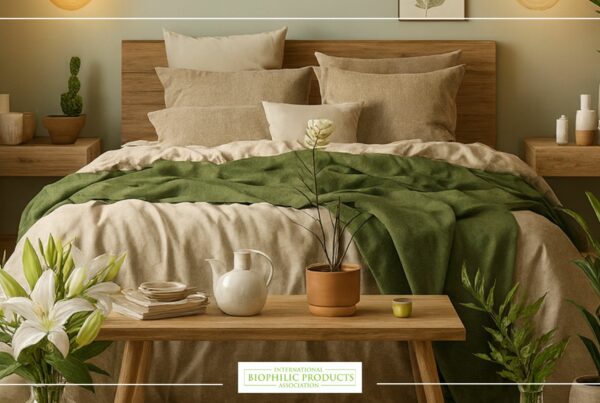

13 Comments